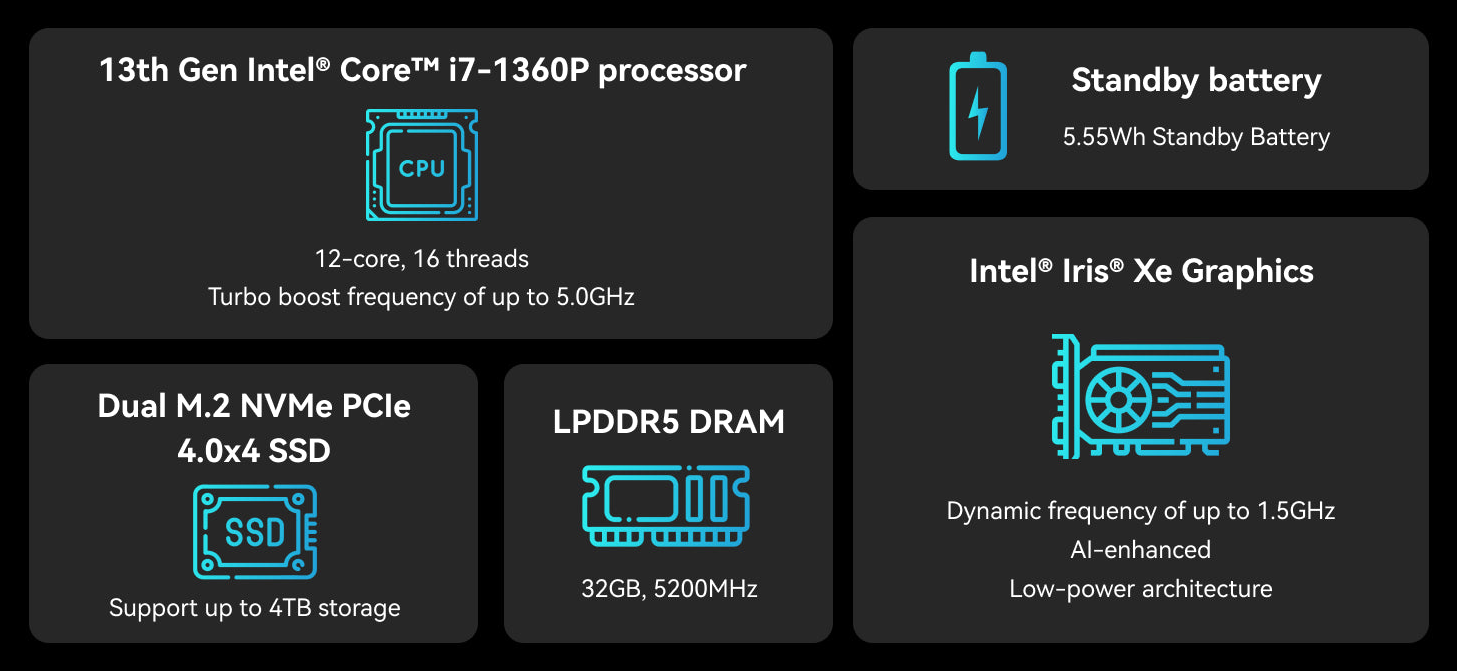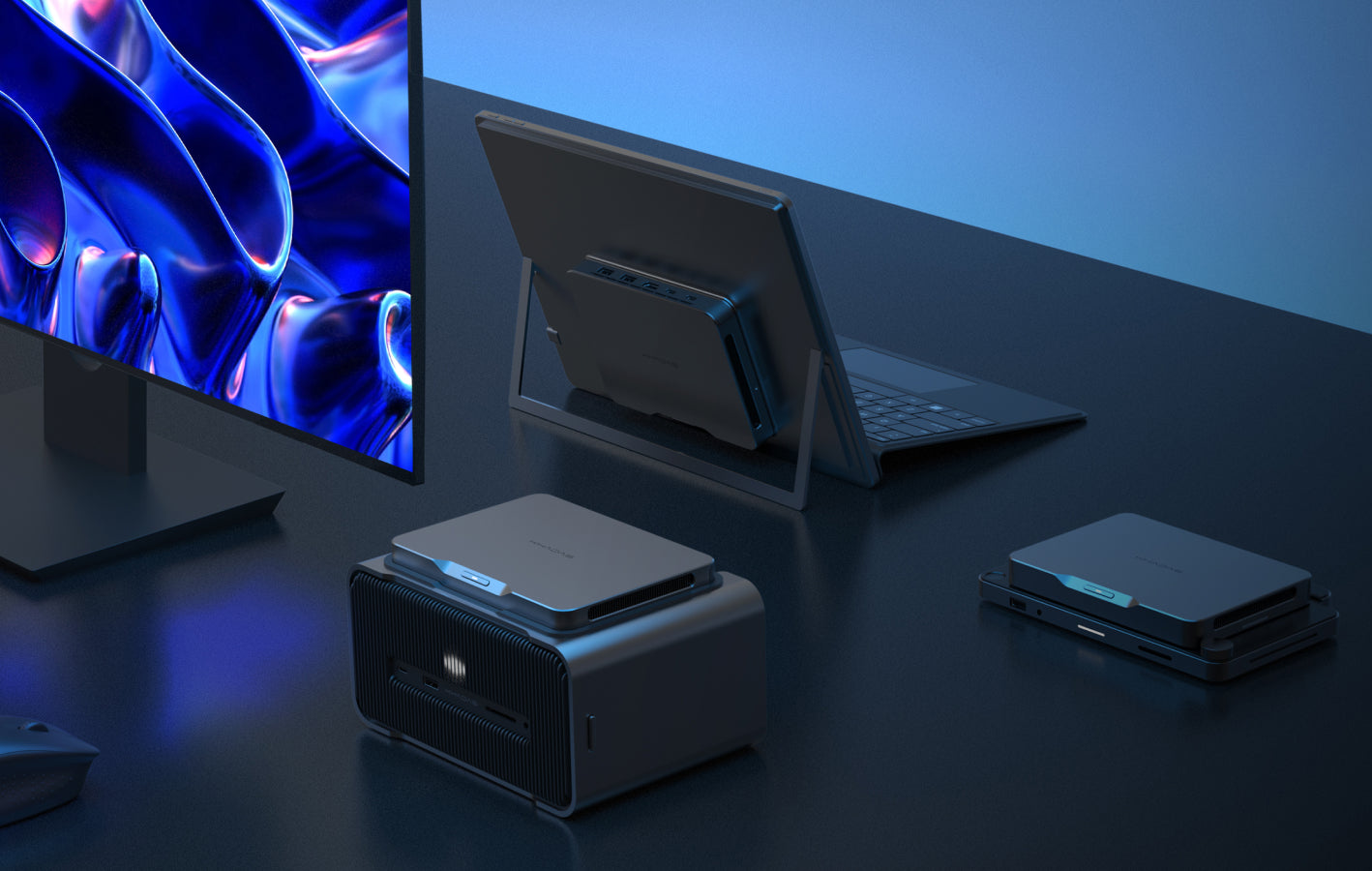Khadas Mind Tiny Modular Workstation Packs Raptor Lake and Nvidia's Ada Lovelace
Shenzhen Wesion Technology's Khadas Mind promises to wed portability and expandability.
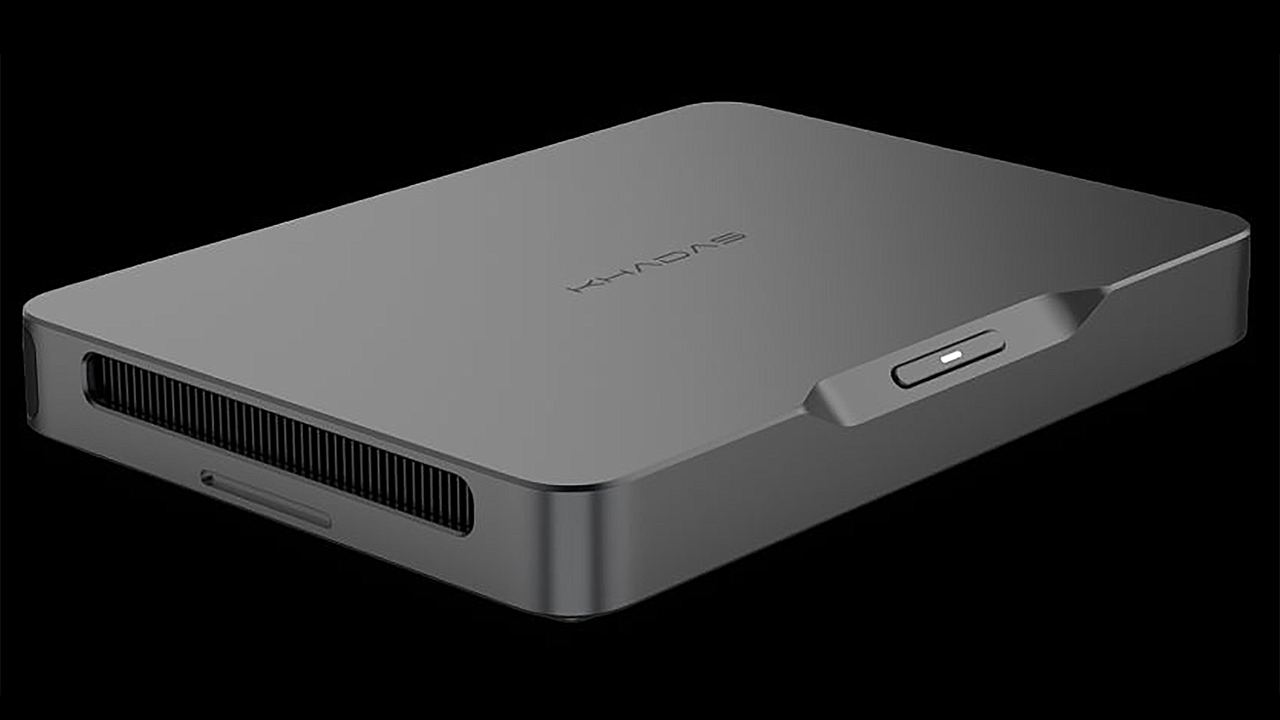
Shenzhen Wesion Technology, a maker of single-board computers and media players, has developed its Khadas Mind. This concept workstation can be expanded with proprietary docks featuring extra ports or a built-in graphics processor. There is a catch, though. Unlike traditional PCs, the Hadas Mind can only be upgraded with proprietary docks and cannot support standard Thunderbolt or USB4 devices.
Wesion's Khadas Mind is a tiny workstation that measures 146×105×20mm (5.75×4.13×0.79 inches) and packs Intel's 12-core Core i7-1360P processor with built-in Iris Xe graphics that is mated with 32GB of LPDDR5-5200 memory and can be equipped with two M.2-2230 SSDs, one with a PCIe 4.0 x4 interface and another with a PCIe 3.0 x4 interface.
The unit can drive up to three 4K displays out-of-box and has all the connectivity features that one comes to expect from a compact workstation, including a Wi-Fi 6E + Bluetooth 5.3 adapter, two USB Type-C connectors (supporting DP, PD, and USB 2.0 or USB 3.2 Gen2), a USB 3.2 Type-A, an HDMI output, and a Mind Link header to connect to docks.
Speaking of docks, the company plans to offer two Mind Link-compatible docks initially. One adding a 2.5 GbE port, three USB 3.2 (5 Gbps) Type-A connectors, two HDMI 2.0 outputs, an SD card reader, a USB Type-C power port, an audio jack, and a volume control knob. Another one packs Nvidia's GeForce RTX 4060M mobile GPU and adds a USB-C port, a USB-A connector, an audio jack, and an SD card reader.
There is a catch about these docks though: they cannot be used simultaneously, so one can either have all the ports, or a proper graphics processor. Wesion plans to offer more docking options eventually, and it remains to be seen whether they can work in concert, or only separately.


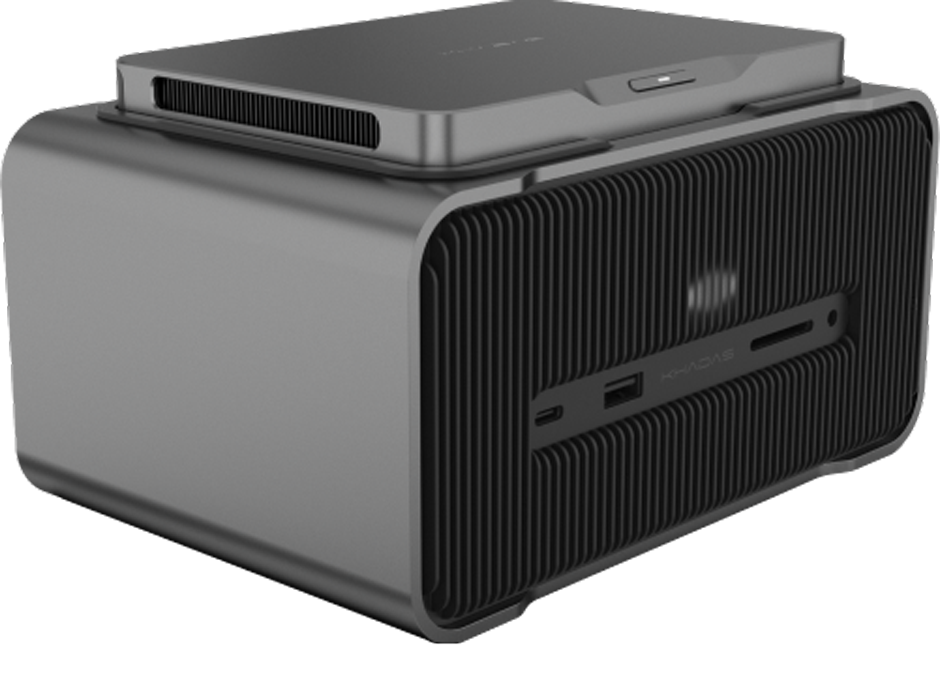
One of the interesting peculiarities of the Khadas Mind is that it has a built-in 5.55Wh battery that provides some extra protection during power loss and allows one to carry the device around in sleep mode without having to shut it down.
Tiny workstations with mighty capabilities are nothing new: Dell, HP, and Lenovo have offered them for years, and Apple recently debuted its Mac Mini with workstation-grade M2 Pro inside. But tiny workstations have drawbacks: they lack high-performance graphics, have limited connectivity, and cannot be upgraded. Wesion Technology plans to change this with its ultra-portable Khadas Mind workstation and a set of docks it intends to offer.
Get Tom's Hardware's best news and in-depth reviews, straight to your inbox.
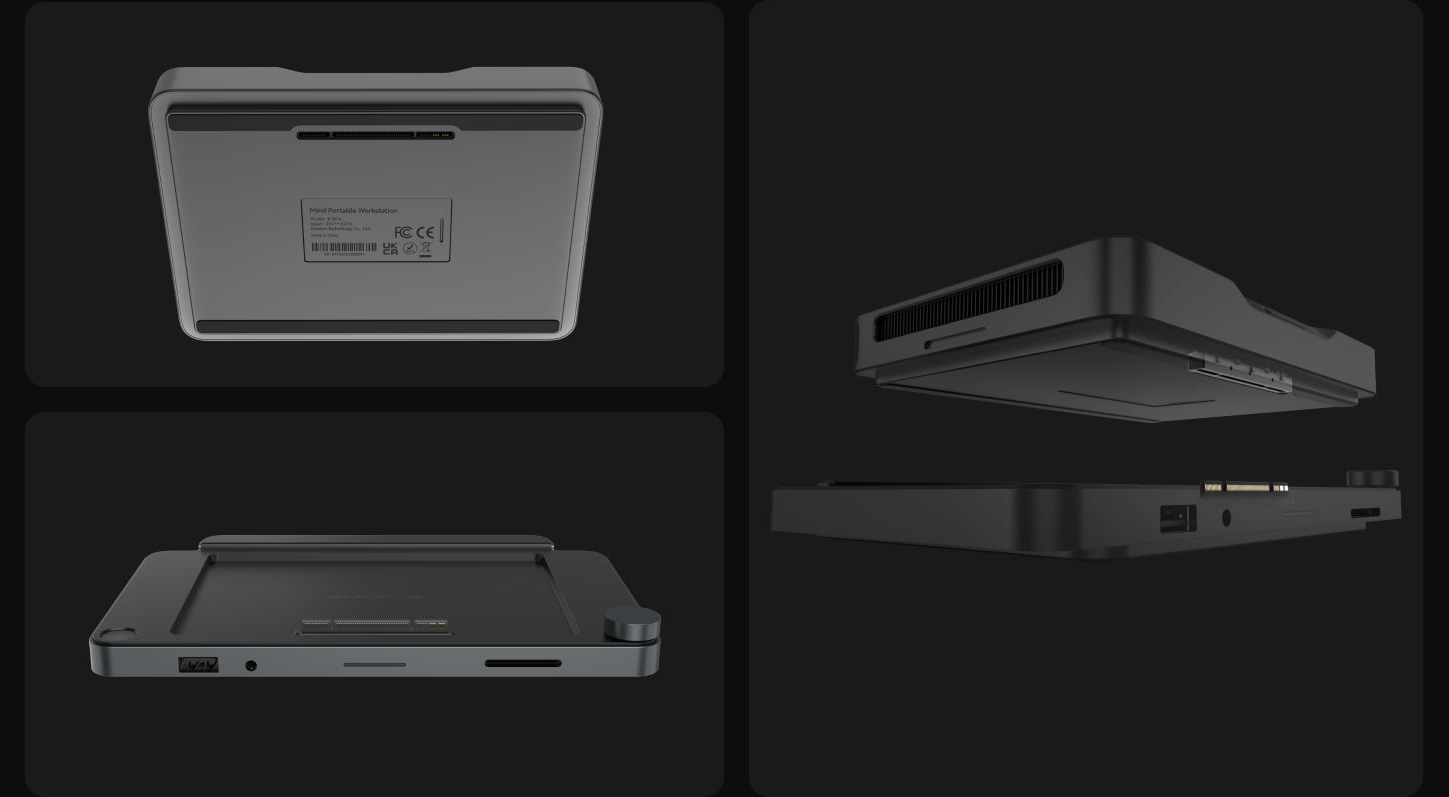
However, those docks are not an ideal solution. While they look neat and plug securely into the system, Khadas Mind is only compatible with them and is incompatible with regular Thunderbolt 3/4 or USB 3.2/4 docks. Furthermore, these docks can only work separately and cannot work in concert.
However, virtually all tiny workstations from all renowned PC makers feature a Thunderbolt or a USB4 port these days. They can add an external graphics card of your choice and plenty of extra ports using standard, widely available docks. While such setups will not look as impressive as the Khadas Mind, they will likely be cheaper and more feature rich than a Khadas Mind with its proprietary docks.
One thing that has to be kept in mind about the Khadas Mind is that it is still in development. Those interested can subscribe to the company's mailing list and wait until development is complete.
As for connectivity, the Minisforum HX90G has everything that one comes to expect from a compact PC these days: it has a 2.5Gb, four display outputs (two DisplayPort, two HDMI), one USB 3.2 Gen 1 Type-C connector, four USB 3.2 Type-A connectors (three USB 3.2 Gen2, one Gen1), and audio jacks. As for Wi-Fi, it can be added using an M.2-2230 slot.

Anton Shilov is a contributing writer at Tom’s Hardware. Over the past couple of decades, he has covered everything from CPUs and GPUs to supercomputers and from modern process technologies and latest fab tools to high-tech industry trends.
-
bit_user Whether it's compelling depends a lot on pricing. After see what they charged for a RK3588-based machine, I'm not too optimistic about that.Reply
I don't love the idea of proprietary docking options. I'd rather just a standard Thunderbolt port, as mentioned.
The last major factor is going to be how they configured its power limits and how well-mannered its cooling solution is. I often override the power limits of my laptops, since I'm easily annoyed when their fans get too loud.
Is it a NUC-killer? I doubt it. It's nice to see them trying to innovate, but my fear would be that they're hoping to leverage a few innovative features to justify a much higher price.
One of the interesting peculiarities of the Khadas Mind is that it has a built-in 5.55Wh battery that provides some extra protection during power loss and allows one to carry the device around in sleep mode without having to shut it down.
I suspect the built-in battery isn't aimed at portability, but is really meant to address users in places with unreliable power. If you had lots of brown-outs and other power problems, it's likely you'd either have a UPS or use a laptop. Perhaps they're trying to present a 3rd option, but if it has no way of powering a monitor, then you're still somewhat reliant on power returning (or I guess the machine could hibernate, when its battery is low enough).
